5 tips for tasting Parmigiano Reggiano at home
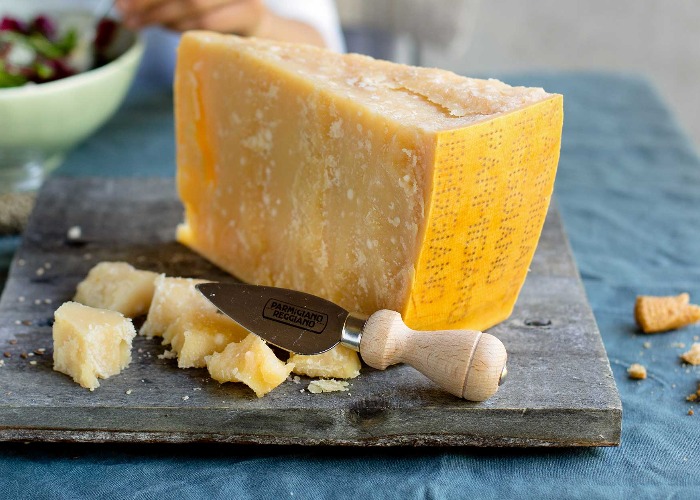
Think Parmigiano Reggiano is just for grating over pasta? Think again. Read on to find out why it’s nicknamed the king of cheeses and how best to enjoy it at home.
Most people are familiar with Parmesan – a pale yellow hard cheese made from cows’ milk and delicious stirred into sauces, shaved over salad and grated on top of pasta. But there’s so much more to this tasty cheese than using it as a garnish.
The proper stuff – Parmigiano Reggiano – is an artisan product and wonderful as part of a cheeseboard or on its own, paired with wine. Read on to find out what sets Parmigiano Reggiano apart from other cheeses and how best to enjoy it at home.
1. Get the real thing
Parmigiano Reggiano is the original Parmesan. A Protected Designation of Origin (PDO) food, it’s made in northern Italy, exclusively in the provinces of Parma, Reggio Emilia, Modena and parts of Mantua (to the right of the Po river) and Bologna (to the left of the Po river). The cows whose milk is used to make the cheese must be reared on locally-grown feed.
It’s made to specific regulations and techniques, and all wheels of cheese must be approved by the Parmigiano Reggiano Consortium. Wheels are tested by tapping the cheese with a small hammer. Officials check it sounds the same all over and there are no hollow-sounding spots.
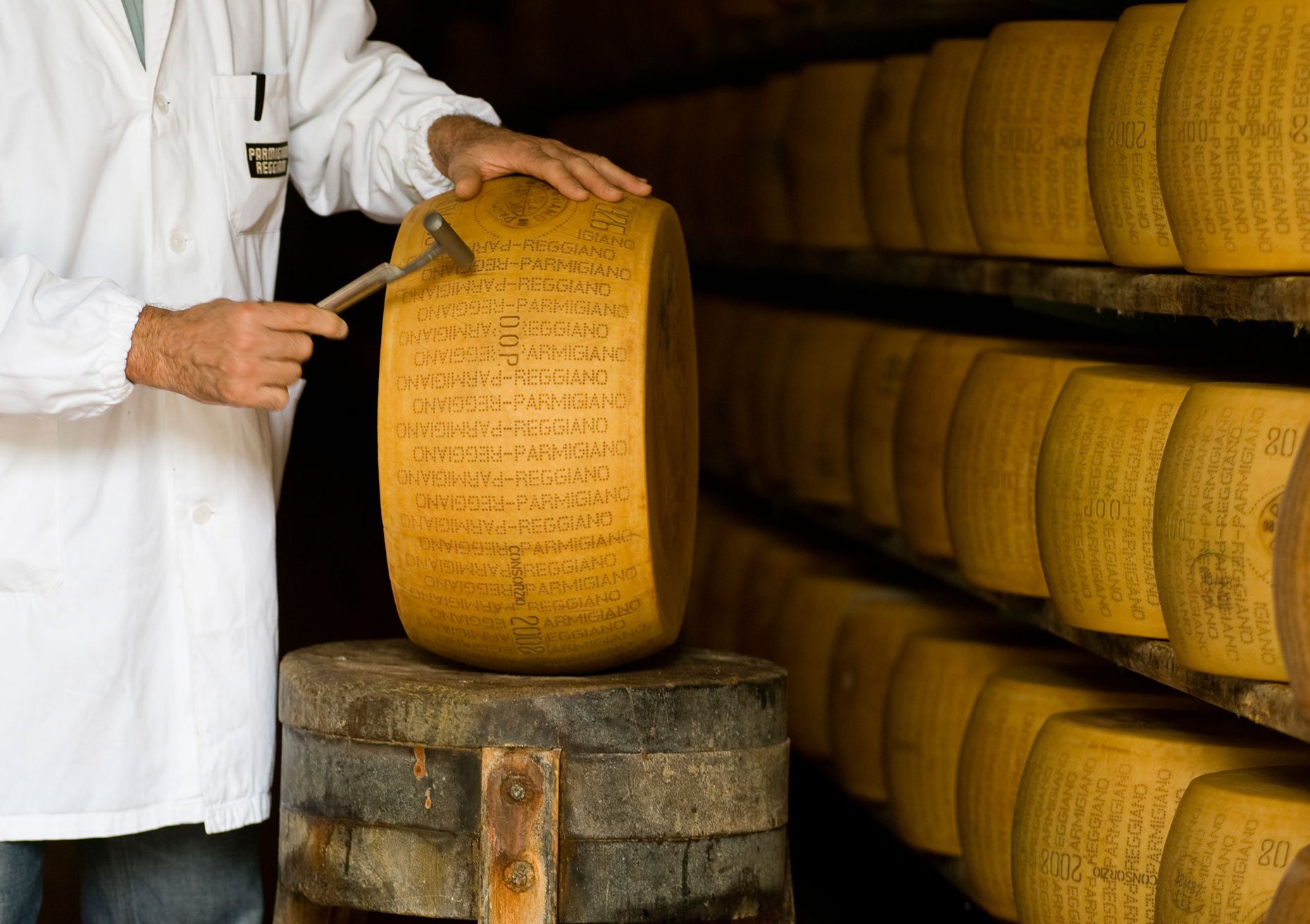 Courtesy of Consortium of Parmigiano Reggiano
Courtesy of Consortium of Parmigiano Reggiano
The rinds are branded with the official Parmigiano Reggiano stamp and individual codes so the cheese can be traced back to the particular dairy where it’s been produced. Any hard cheese without the stamp is not authentic Parmesan.
2. How to serve Parmigiano Reggiano
If you’ve got a wedge of Parmesan to enjoy with a glass of fine wine as an aperitivo or as part of a cheeseboard, make sure to serve it at its best. It should be removed from the fridge before tasting so it can come up to temperature – too cold and all those complex flavours won’t come through as well. The optimal temperature to enjoy the cheese is 16–17°C (61–63°F).
When your wedge is ready, it’s best cut, or ‘chunked’, with a classic almond-shaped knife. This will enhance the natural grainy, crystallised texture of Parmigiano Reggiano, but a normal knife will work just as well.
Courtesy of Consortium of Parmigiano Reggiano
3. Know your Parmesan ages
The aroma, flavour and texture of Parmesan varies according to how long it’s been aged. Most wedges of Parmigiano Reggiano sold in major UK supermarkets are 18 to 20 months-old but if you head to a cheesemonger, you’ll often be able to buy more or less matured cheeses.
Older and more mature Parmesan tend to be stronger, spicier and more fragrant. But younger cheeses have their own, easy-going qualities too. Here are the main differences:
12 months: the youngest cheese, it’s smooth in texture and has an aroma of fresh milk. It’s slightly acidic in flavour.
24 months: this would have had two summers to mature so has a sweeter flavour and a firmer, slightly granular texture. Close your eyes, take a sniff and you’ll smell pineapples.
Courtesy of Consortium of Parmigiano Reggiano
36 months: the crème de la crème of Parmesan, this more mature cheese has a nutty, spicy aroma, a punchy flavour and a very noticeably gritty, crunchy and crystallised texture.
4. Choose the right pairings
The food and drink eaten alongside Parmigiano Reggiano can enhance its flavour, and vice versa. Whether you’ve got a young cheese or more mature wedge, here’s the best pairing suggestion for each type of Parmesan.
12–18 months: this fresh, smooth cheese pairs works wonderfully on its own as an aperitif or as part of a cheeseboard. It would be excellent served with a glass of sparkling white wine.
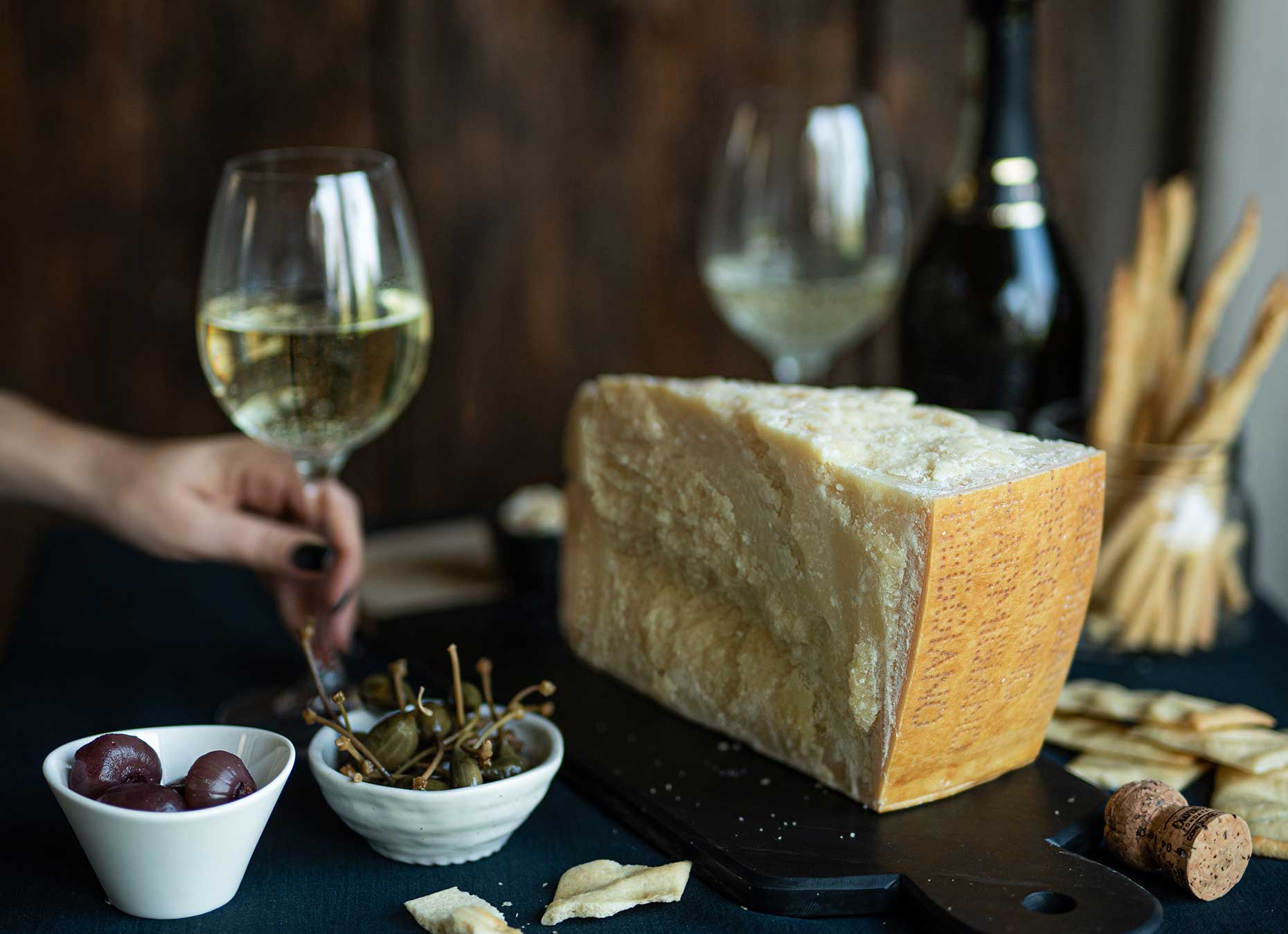 Courtesy of Consortium of Parmigiano Reggiano
Courtesy of Consortium of Parmigiano Reggiano
22–24 months: the more developed flavour of this Parmesan can stand up well to a medium-bodied wine. Use it to add flavour to traditional Italian dishes such as carbonara or ragù.
30 months and onwards: older Parmesan is more crumbly in texture, making it ideal to enjoy at the end of a meal. Try pairing mature Parmigiano Reggiano with fruit and honey. It would also be delicious in filled or baked pasta dishes.
Courtesy of Consortium of Parmigiano Reggiano
5. Cooking with Parmigiano Reggiano
A more mature Parmesan (24 months plus) has a more complex flavour so while you could use it for cooking, it’s better appreciated on its own. Younger cheeses, which are also less expensive, are great and more economical to use in dishes. You can also even use the rind to make stock, sauces and stews more flavourful.
READ MORE: Discover tips, recipes and how Parmigiano Reggiano is made here
Parmesan packs a strong umami punch with a salty, piquant element and rich, creamy notes. Shavings of the cheese over salads, pasta and baked as crisps are among the most simple ways of using Parmesan and letting the ingredient shine.
But it can also stand up well in meat dishes. Try this rack of lamb with a rosemary, breadcrumb and Parmesan coating or this roasted chicken recipe with a buttery lemon, herb and Parmigiano Reggiano sauce.
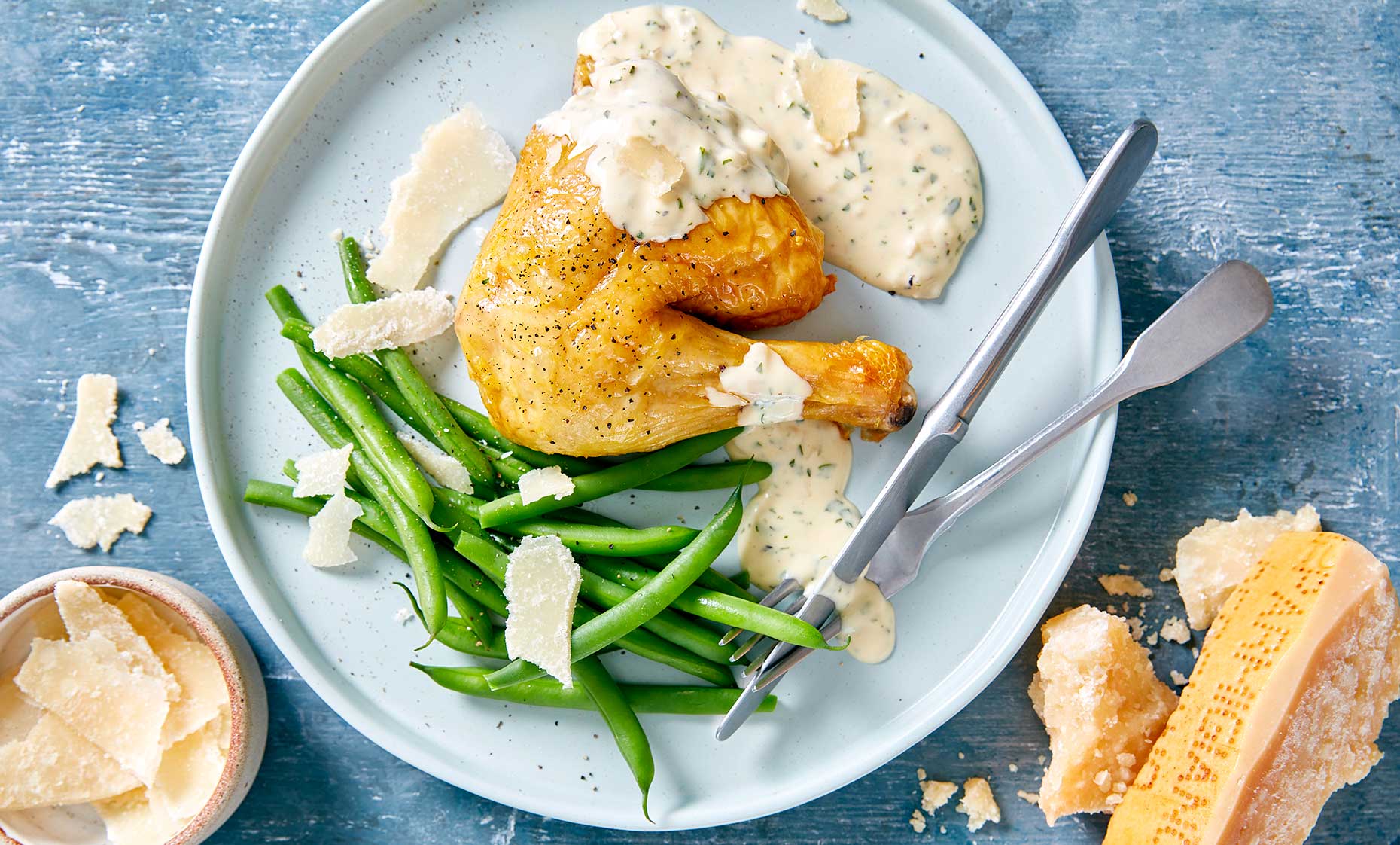 Photographed and styled at Steve Lee Studios, courtesy of Parmigiano Reggiano
Photographed and styled at Steve Lee Studios, courtesy of Parmigiano Reggiano
For a quick light lunch or dinner, you can’t beat tagliata – thin strips of flash-fried steak with rocket, Parmesan and a fresh lemon dressing. And when you need something more comforting, rigatoni with amatriciana sauce (a tomato-based sauce traditionally made with guanciale) is great finished with a generous grating of cheese. Or try this hearty leek, fennel and Parmesan bake.
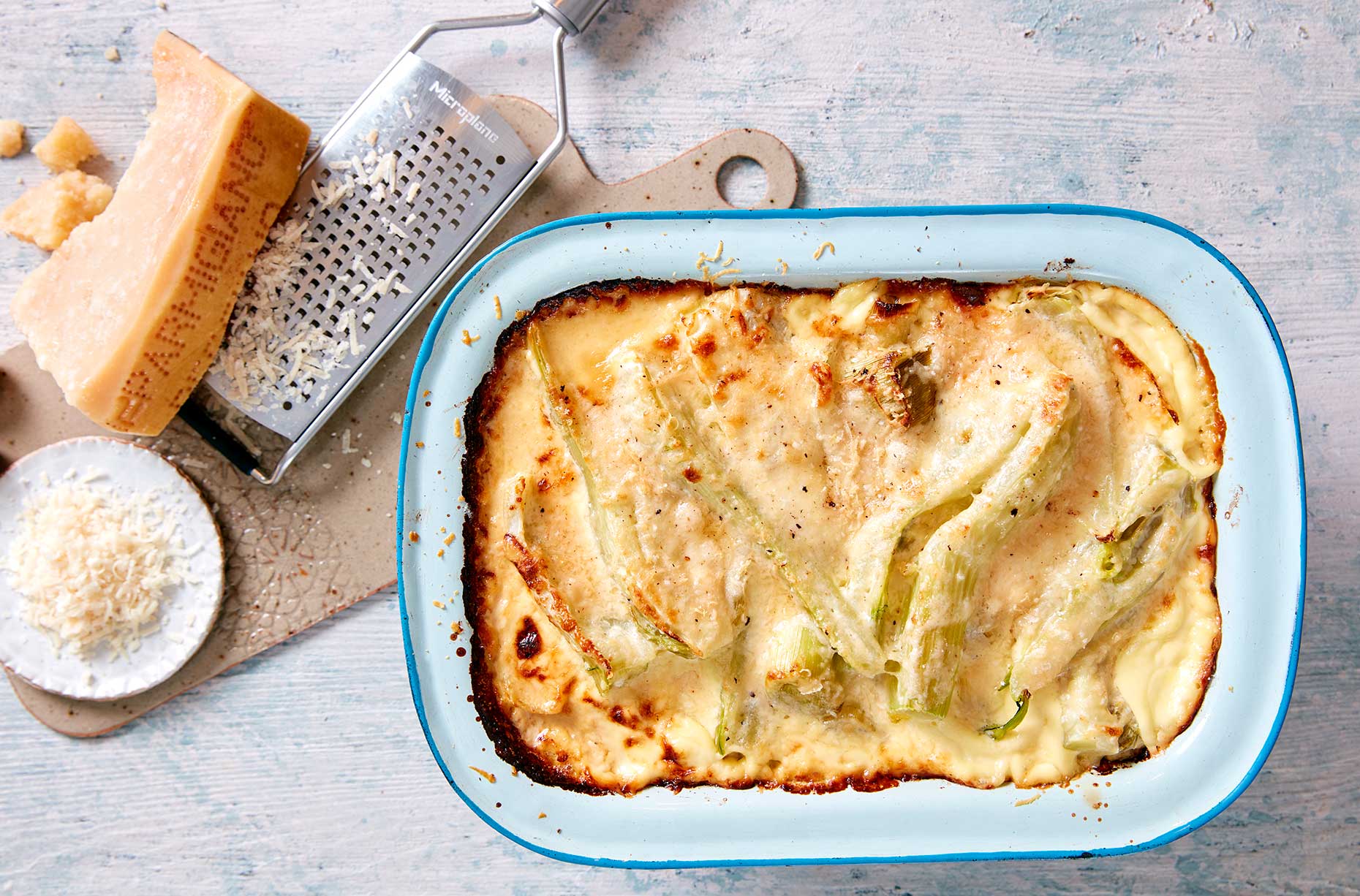 Photographed and styled at Steve Lee Studios, courtesy of Parmigiano Reggiano
Photographed and styled at Steve Lee Studios, courtesy of Parmigiano Reggiano
Comments
Be the first to comment
Do you want to comment on this article? You need to be signed in for this feature